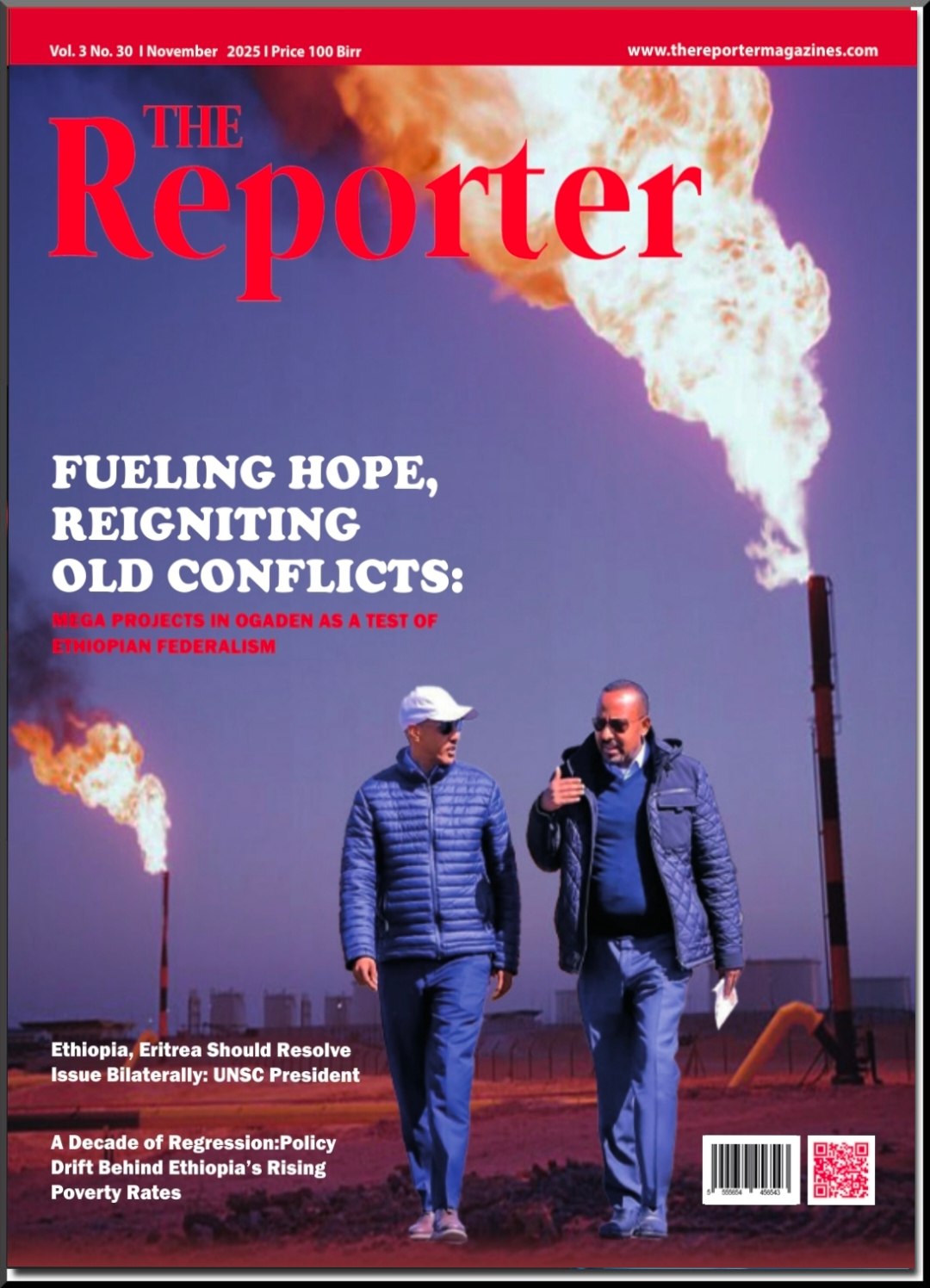Qedamawi comics is a work in progress Fanuel Leul and his team have been working on for the last 3 years. It’s a story set in 2000 years ago in an ancient but highly advanced but pre-technology Ethiopia. There are elements of fantasy and Ethiopian myths that make up the stories in the upcoming comic books.
“This presented me with a unique opportunity to something original in a medium that was not widely known and understood in Ethiopia,” says Christian Tarekegne, who was involved in story development and writing. “I have always been an avid reader of comic books; so when Fanuel approached me about his plan to do a comic book, I jumped at the opportunity. It has not been easy as we were all new to the medium and the work process. It was also difficult juggling between day jobs that were very demanding, trying to do the comic book while also doing other freelance work.”
Tsegaw Tesfaw, who is the co-creator of the comic book and works as an illustrator says he’s grown a lot through the experience of working on Qedamawi. “Working on the story, I learned much about Ethiopian and African history and cultures. Working on the illustrations has honed my artistic craft. The comic book requires dedication and energy; thus, it is both exciting and frustrating. Looking at a finished scene has a great satisfaction.”
Although it has taken longer than expected to make the comic book a reality, Fanuel is proud of the work they have produced. “I think we’ve used our imagination without being beaten by circumstances. Imagining 2000+ years into the past is difficult. Imagination is liberation. We can overcome much that way. It helps reconnect with our humanity.”
Qedamawi works around geographical, linguistic, and ethnic divisions that may have existed at that time by blending many elements together. Names, clothing styles, and other distinctions are blurred by crossing boundaries. They consulted with a translator and a linguistic expert trying to pin down the specific dialects and speech patterns that were popular during that period.
Christian describes the comic as original, authentic, cultured, and modern. “What we have tried to do was to showcase Ethiopian culture in an alternate setting, though the world is fictional most of its design and its characters are inspired from Ethiopian history and legends ‘afe tarik’ that don’t get much light these days. We took small elements here and there and built a fictional world around it.”
The first time Fanuel’s work engaged with a large audience was when he created some images in commemoration of the 122nd Adwa victory celebration. “A lot of artworks are released around that event. But the quality was not good and usually, there is no storytelling involved in those images. I wanted to make something that was concrete and relevant to Ethiopians and Africans.”
This work was inspired by Captain America. “I wanted to make something that gave goosebumps when you saw it and reflected the heroism of that era.” Hearing positive feedback from this illustration, Fanuel was motivated to create more Ethiopian work and eventually came to the idea of working on Qedamawi.
Fanuel studied at Ale School of Fine Art and Design which he says helped him develop his skills as a graphic designer. His experimentations led to his growing interest in Afrofuturism.
“I started doing this by accident. People’s feedback compelled me to try further. I still paint, do graphic design. I’m interested in design. I think art school exposes people to many disciplines without fully grasping one fully. I’ve figured out what to focus on so I’ll keep doing this for a while.”
The influence of Afrofuturism in comics, novels, films, and music has grown in the last several decades. Although first coined to apply to African Diaspora communities, the concepts have “developed within Africa to encompass a lot of creative work and cultural practices.
“A lot of my works revolve around one concept. What we value as Africans is tradition. We want to pass it on to the future generation. It is expressed in places, objects, jobs. However much we progress, these things remain because they’re part of our identity.”
Fanuel raises the example of a cyborg bull to illustrate his point. It might not be functional, at least in the world of today, but elements of it serve a purpose – transmitting the cultural codes of a culture’s reality and its expressions of beauty.
Afro-futurism is a philosophy and cultural aesthetic that blends culture and tradition with technology. The way it is often utilized by Africans is as a means of reimagining what the future could look like in a world that is dictated by Africans themselves. It is a tool for envisioning empowered possibilities.
Fanuel’s works are bright, powerful, and detailed. Characters may be located in vast uninhabited, almost desert-like locations but their presence signifies an immense pool of power and adaptability. They hold striking poses, blending elements of various cultures without conflict. In Time Shepard, a young boy in a red patterned scarf embraces a techno-lamb, perhaps the electric sheep of which androids dream.
“They have a superhero feel to them. I like dramatic things. I think that conveys their strength. I’m more proficient in this style too. I like it.” The characters Fanuel illustrates seem inspired by black steampunk elements like flying/driving goggles, top hats, canes as well as gadgets that often appear in futuristic visual storytelling.
“A lot of things we imagine now will likely come true in the future. It’s a way of transcending our current challenges. As Africans, it’s important to imagine the future. The future has been determined by white people for a long time and we must define it for ourselves. Afrofuturism can be a force of influence in this way.” he explains. “We are determining our future by reawakening the spirit. Imagination feeds the spirit.”






